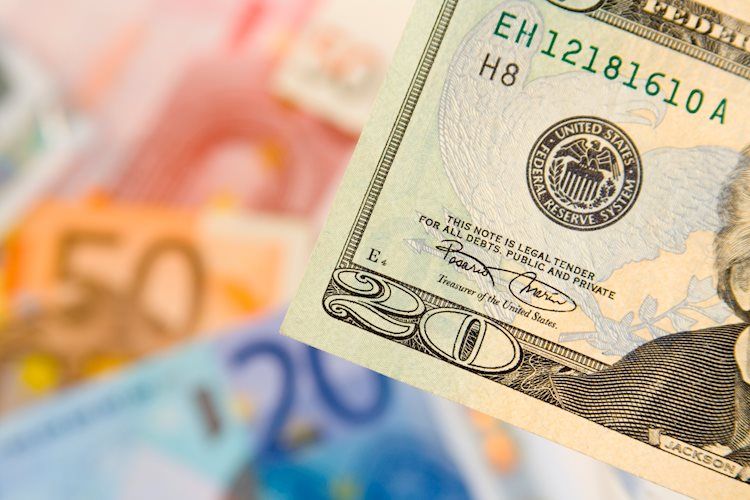The US Dollar struggled to maintain its strength after a 0.4% gain on Monday, with the USD Index holding steady above 101.50. The NFIB Business Optimism Index for August was the only data featured in the US economic docket ahead of the highly-anticipated Consumer Price Index (CPI) readings on Wednesday. The benchmark 10-year US Treasury bond yield fluctuated slightly above 3.7%, indicating some volatility in the market.
The table below shows the percentage change of the US Dollar (USD) against major currencies this week, with the USD being strongest against the Japanese Yen. Despite the fluctuations, the US Dollar remains relatively stable compared to other major currencies such as the Euro, Pound, and Canadian Dollar. The heat map illustrates the percentage changes of major currencies against each other, providing a visual representation of the current market landscape.
In the Asian session, data from China showed a widening trade surplus in August, with exports increasing by 8.7% and imports growing by 0.5%. The AUD/USD pair largely ignored these figures and continued to trade modestly higher near 0.6670. In the UK, the Office for National Statistics reported a decrease in the ILO Unemployment Rate to 4.1% in the three months to July, along with positive Employment Change and wage inflation figures. This resulted in the GBP/USD pair recovering from a multi-week low to trade near 1.3100.
Germany’s Destatis confirmed that the Consumer Price Index rose by 1.9% on a yearly basis in August, in line with market expectations. The EUR/USD pair held steady around 1.1050 following two consecutive days of negative territory. Meanwhile, the USD/JPY pair gained traction on Monday, breaking a four-day losing streak and pushing higher early Tuesday to trade near 143.50.
Gold gained traction amid retreating US yields on Monday, closing above $1,500, with XAU/USD trading in a narrow channel on Tuesday. These fluctuations in the market are often influenced by risk sentiment, with investors shifting between “risk-on” and “risk-off” modes depending on their outlook on future market conditions. During “risk-on” periods, stock markets rise, most commodities gain in value, and currencies of commodity-exporting nations strengthen. In contrast, “risk-off” markets see an increase in bond prices, a rise in Gold and safe-haven currencies such as the Japanese Yen, Swiss Franc, and US Dollar.
In “risk-on” markets, currencies such as the Australian Dollar, Canadian Dollar, New Zealand Dollar, Ruble, and South African Rand tend to rise due to their heavy reliance on commodity exports for growth. On the other hand, major safe-haven currencies like the US Dollar, Japanese Yen, and Swiss Franc typically strengthen during “risk-off” periods. This is due to their perceived stability and capital protection, making them attractive to investors during times of uncertainty in the market.































